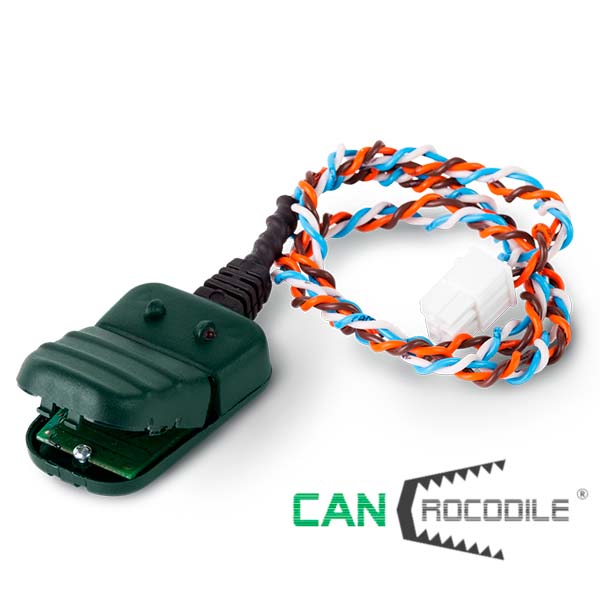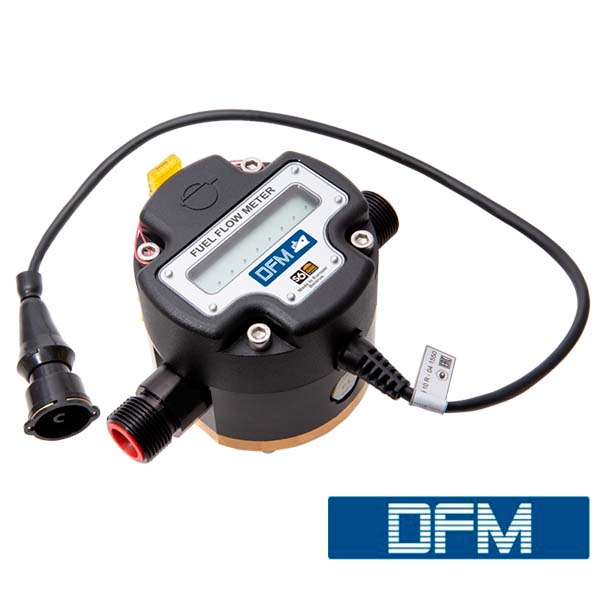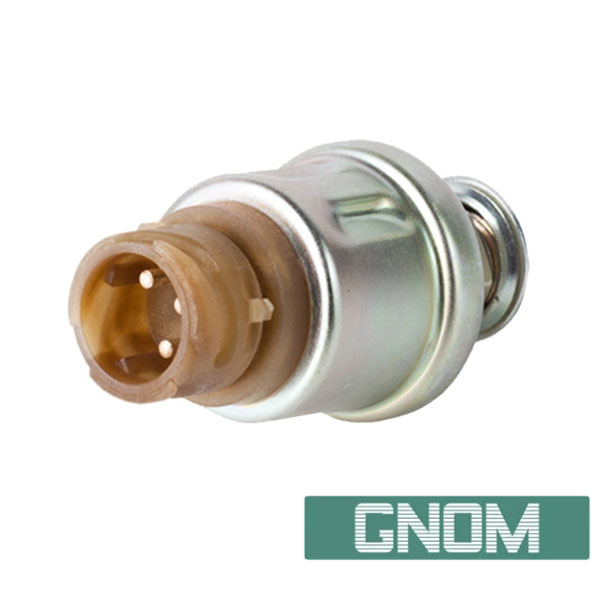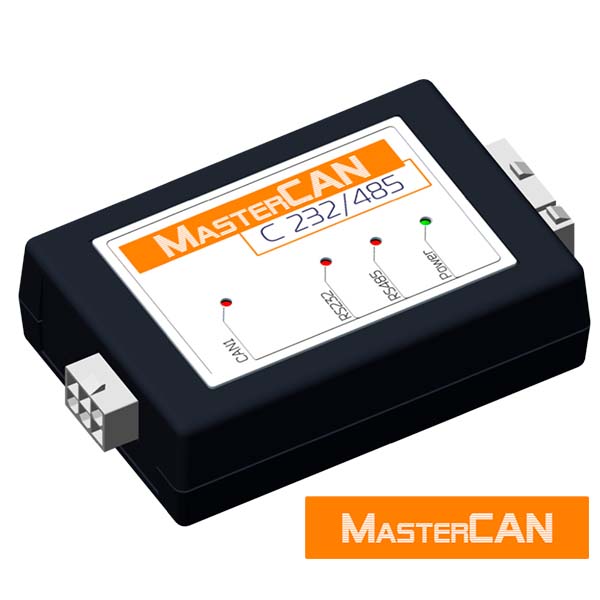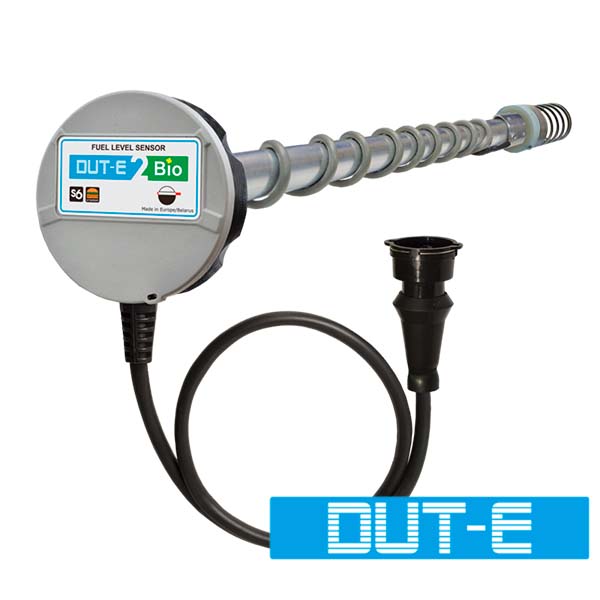
FUEL LEVEL SENSORS
DUT-E provides accurate and reliable data on current fuel volume in fuel tank
Accurate fuel tank control
Less then 1% inaccuracy of measurement
Fuel misuse protection
24/7 monitoring of fuel allows detection of even smallest withdrawals
Automated fuel accounting and reporting
Compare fuel card data with real refueling events
Fuel consumption recording
Easy tool for fuel consumption measuring
Applications
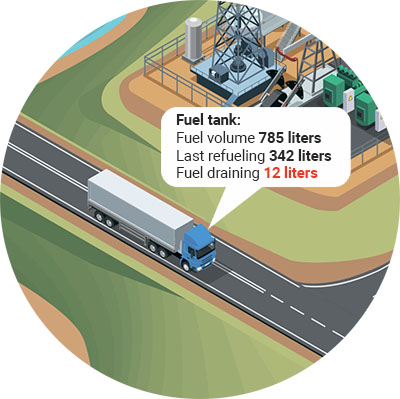
Constant fuel tank control
The fuel level sensor, DUT-E, is designed for precise fuel level measurement in all types of vehicle tanks, including fixed installations. DUT-E can be utilized as part of a fuel monitoring system or as a replacement for the standard fuel meter in a vehicle. Its wide variety of output types allows for seamless integration and provides additional data on fuel usage patterns.
Integration with telematics solutions
DUT-E transmits real-time fuel level data to a GPS tracker. Users receive information on fuel events specific to each vehicle in the form of graphs and tables.
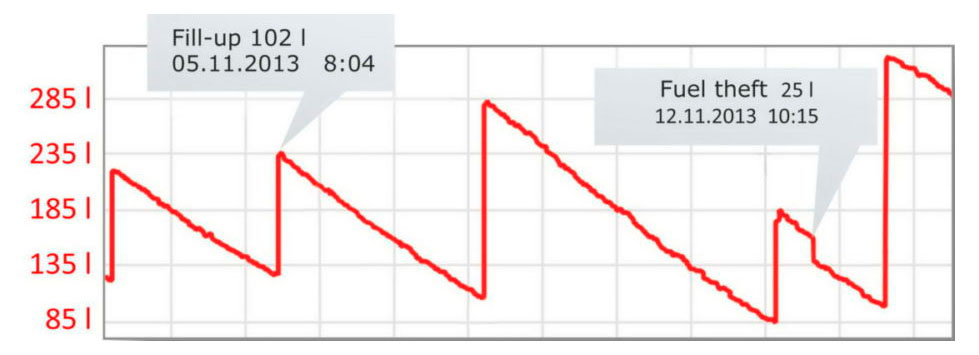
Example of fuel volume data from DUT-E
DUT-E benefits for your telematics system:
Real and accurate fuel volume data
24/7 monitoring even with a switched-off engine
Potential refueling and fuel theft detection
Integrated control system with fuel card data
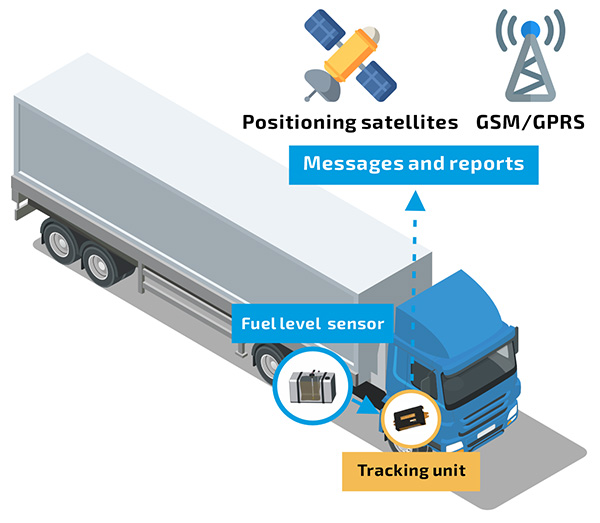
Suits any vehicle with diesel engine
Main features
Thermal correction – сonfigurable thermal correction feature automatically compensates for ambient temperature variations.
Robust design – the sensor is designed with materials and construction that prevent intrusion. The sensor is equipped with a mud filter and bottom spring to protect it from dirt and water at the bottom of the tank.
Length change – additional sections can be added to control fuel tanks of up to 6 meters deep. Initial probe length can be shortened by up to 90% in the field conditions and within 2 minutes.
Signal filtration – adjustable signal filtration smooths peaks for different vehicle operating conditions, so telematics system has reliable data flow. Digital self-diagnostics ensure unfailing data output.
Modifications
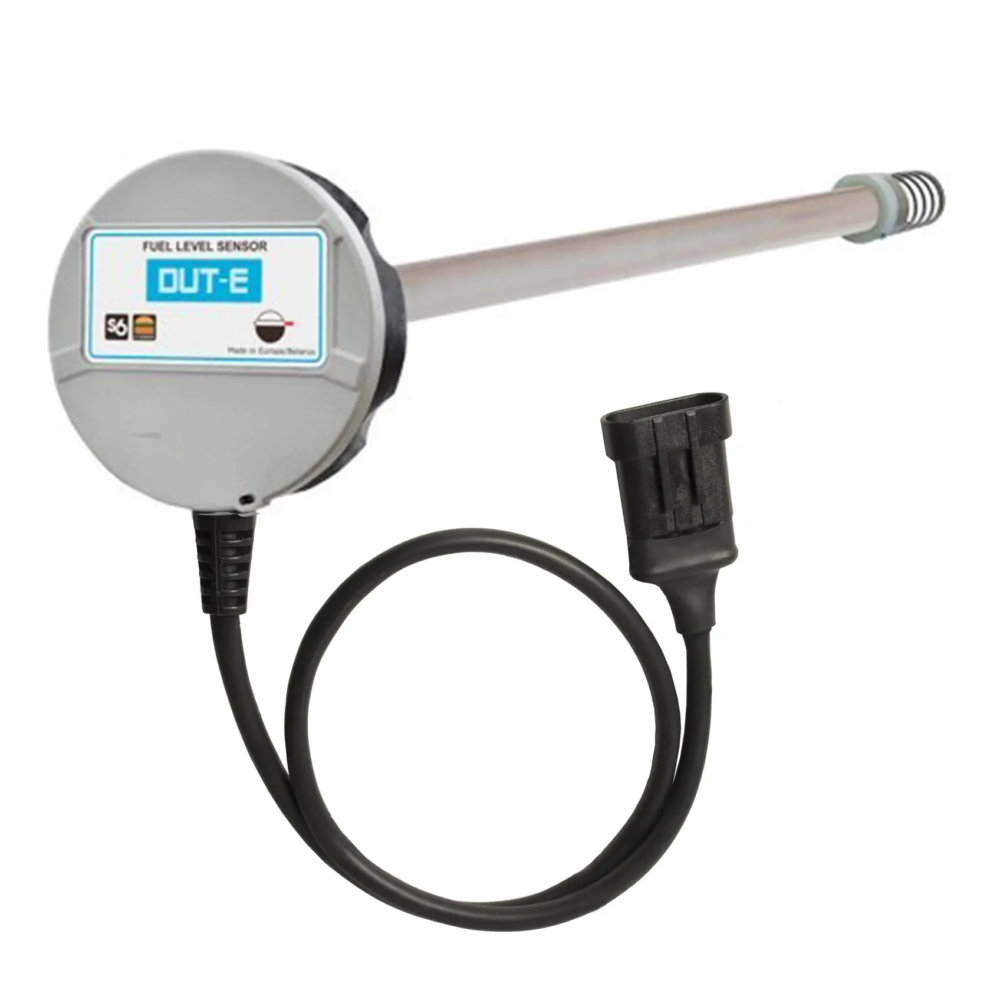
DUT-E Fuel Level Sensors: Output Options
Our DUT-E fuel level sensors offer a variety of output types to ensure compatibility with your GPS tracker or data acquisition device.
CAN J1939 Protocol: works seamlessly, even without basic integration, making it a versatile option. Additional protocol integration is possible for more data from the sensor.
RS232 Protocol: specifically designed for telematics applications in GPS tracking for transportation purposes.
RS485 Protocol: well-suited for industrial and advanced telematics solutions, providing reliable data transmission.
Voltage Output: easily adjustable within a range of 1 to 9V, offering a quick and straightforward solution.
With these output options, you can confidently select the sensor that best fits your requirements, ensuring seamless integration and efficient data acquisition.
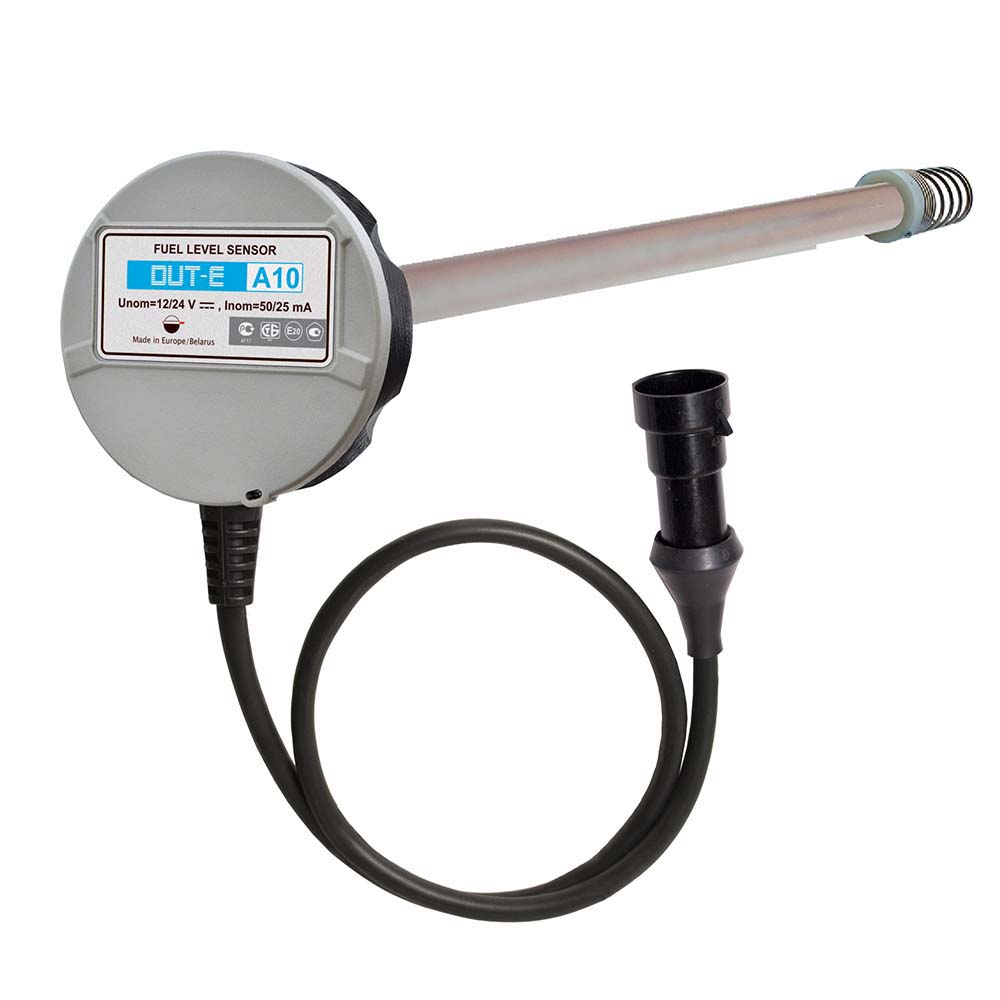
DUT-E Fuel Level Sensors with CAN Output (J1939 Protocol)
The DUT-E fuel level sensors come with CAN output utilizing the widely adopted J1939 protocol, the same protocol used by manufacturers for their vehicles and networks. This provides extensive possibilities with dedicated telematics messages within the CANbus system.
Seamless Integration with Standard On-Board Equipment.
These sensors are designed for straightforward integration with CAN displays and other equipment based on the CAN protocol. This ensures easy compatibility with existing on-board systems.
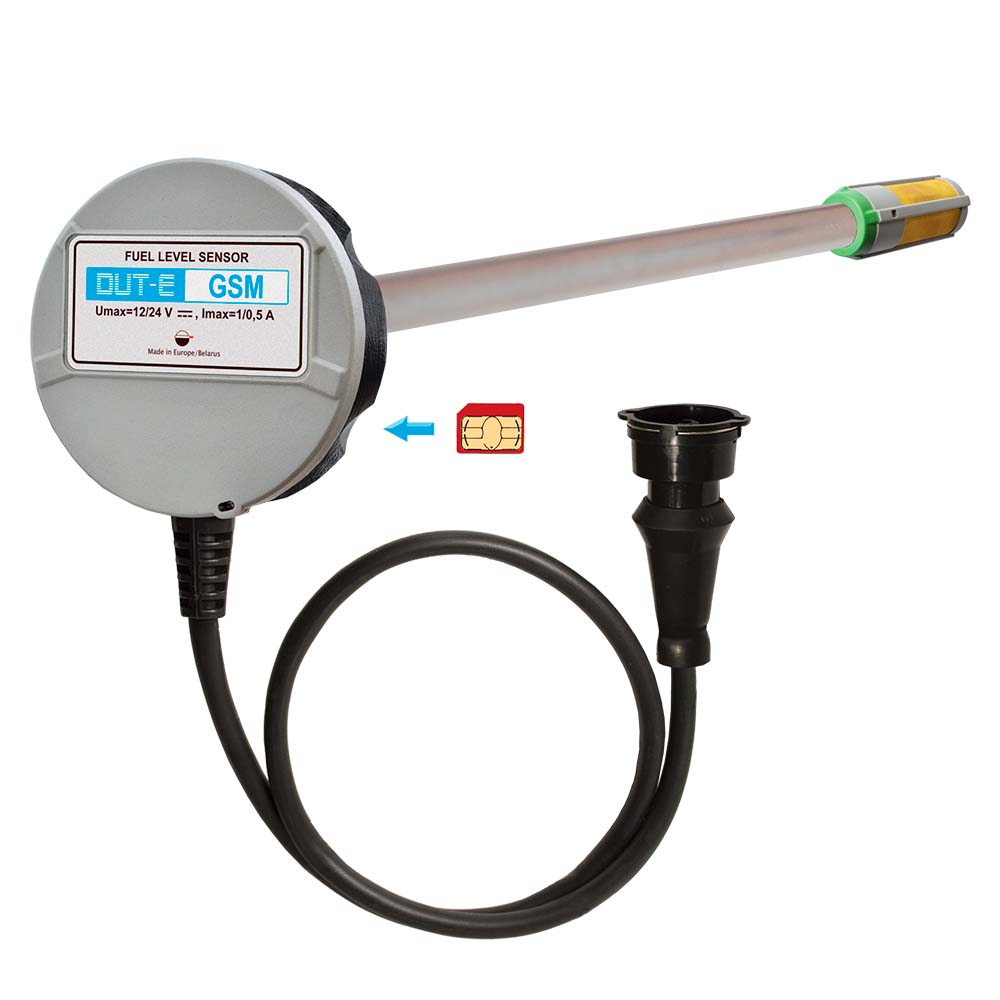
Fuel level sensor DUT-E GSM with inbuilt GPS tracking device
The sensor provides a complete telematics solution in a compact design, merging the capabilities of the DUT-E sensor with GPS localization and GSM connectivity.
This device functions as a comprehensive GPS tracker, delivering data on location, movement, acceleration, and other standard features to web servers. However, unlike traditional devices, it does not require placement in the cabin or a separate remote location. The fuel level sensor and tracker are seamlessly integrated into a single body, enabling faster installation and reducing the complexity of wiring.
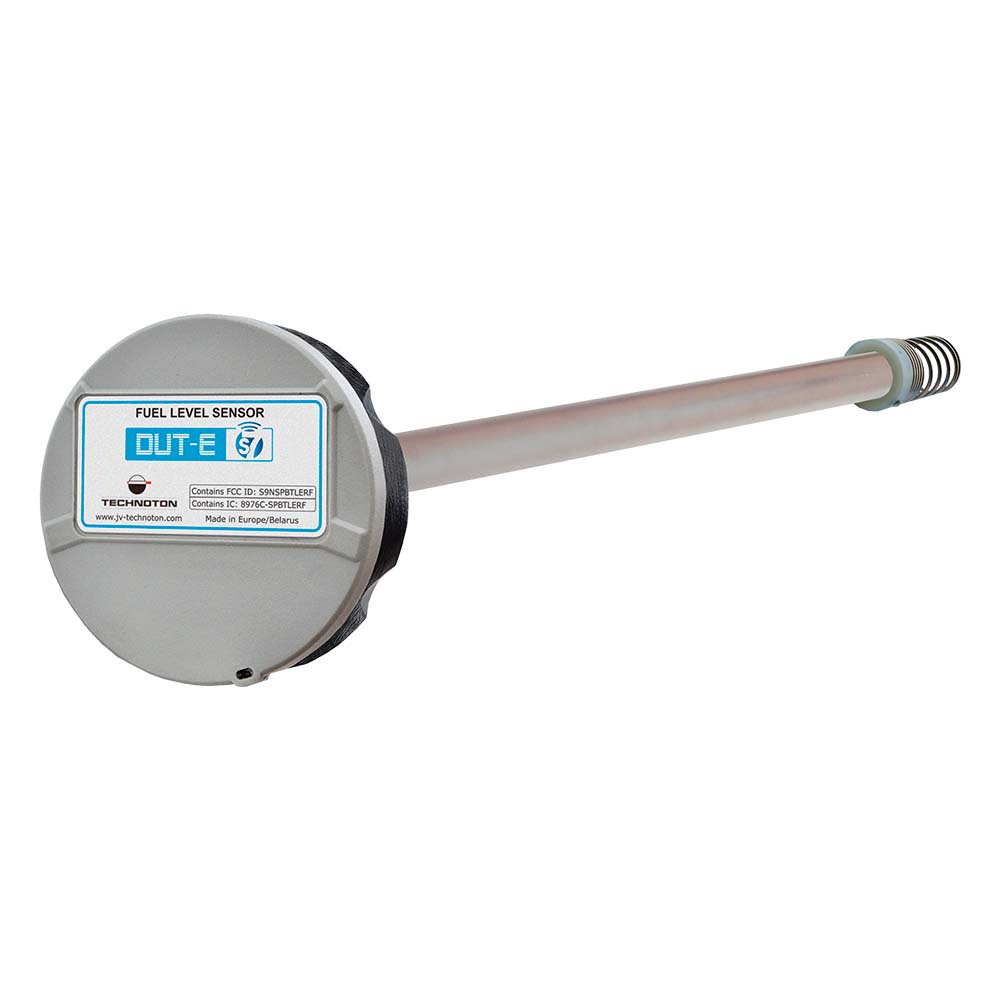
Wireless fuel level sensors DUT-E S7 with internal battery
DUT-E S7 is designed with the same purpose as the cable-connected DUT-E sensor but with the added convenience of wireless connectivity. This advanced sensor simplifies and accelerates installation, enabling data retrieval over BLE (Bluetooth Low Energy) to multiple devices simultaneously, including telematics units, smartphones, and Bluetooth-enabled displays.
Moreover, the wireless design eliminates the risk of cable vandalism, ensuring uninterrupted functionality and enhanced security. Use seamless integration and effortless operation of the DUT-E S7 for efficient fuel level monitoring without the limitations of cables.
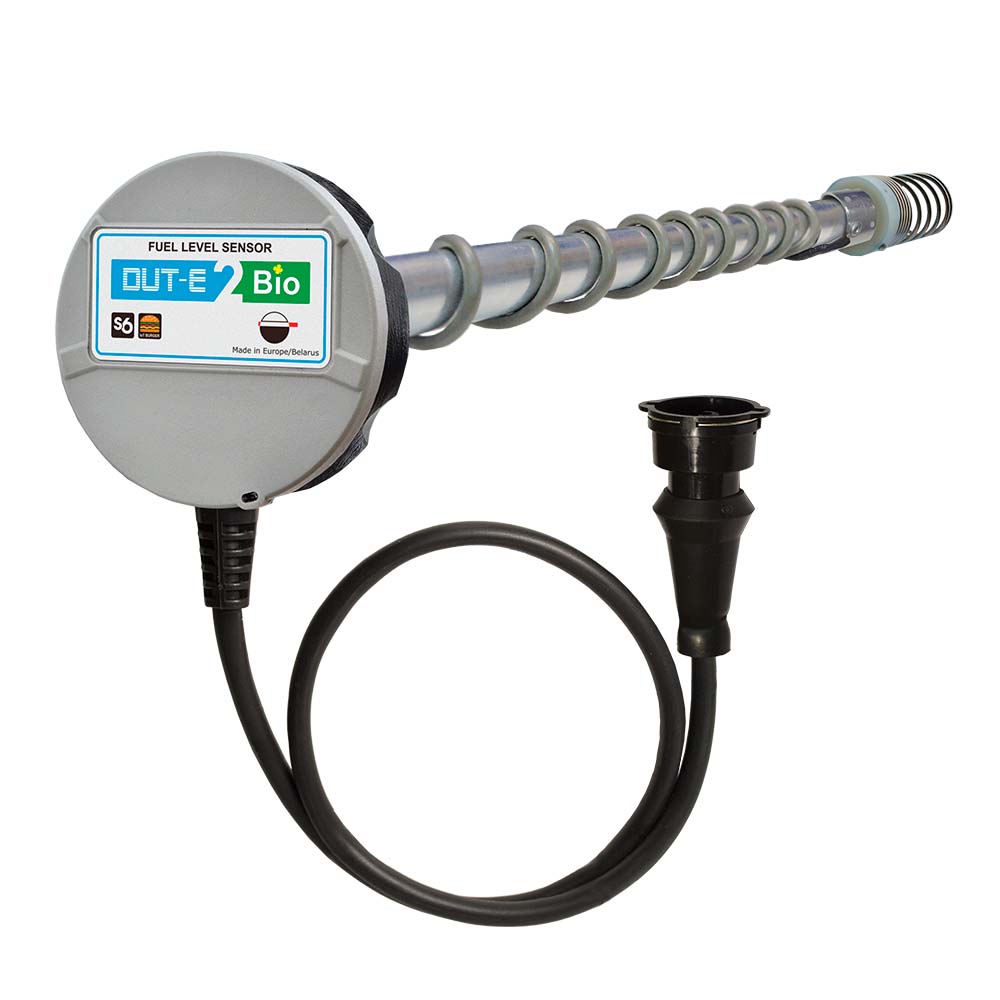
Differential fuel level sensor DUT-E 2Bio
Originally developed for biofuels, the DUT-E 2Bio sensor has evolved to serve as a valuable tool for fuel quality assessment and enhanced measurement accuracy in situations where fuel types are frequently changed.
The DUT-E 2Bio sensor is meticulously designed to cater to fuel tanks that undergo regular refilling with different fuel types. This is particularly relevant for vehicles utilizing biodiesel or traversing multiple countries, as well as cisterns employed in fuel transportation. Moreover, large stationary fuel tanks can also benefit from this sensor’s capabilities. It offers the advantage of temperature measurement at two points – the bottom and top of the sensor. This dual temperature measurement minimizes the impact of fuel volume changes caused by temperature variations.



